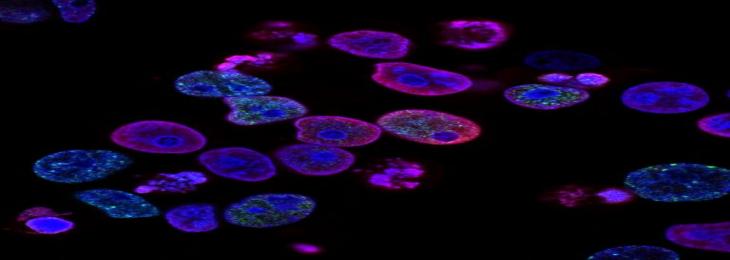
The researchers were able to restore blood flow and other cellular processes using a novel technique. It delivers a specifically created cell-protective fluid to organs and tissues even after the heart has stopped.
Organs typically start to expand once the heart stops beating, closing blood arteries and obstructing circulation. The scientists discovered that several essential biological processes were functioning six hours after administering OrganEx to the pigs, including in vital organs. A portion of organ function had been reconstituted. At contrast, they discovered signs of electrical activity in the heart, which was still capable to improve the body's circulation.
Sestan, a senior author on the current study, and colleagues from in neuroscience at Yale School of Medicine have participated in it. The pig was subjected to OrganEx, a reworked edition of BrainEx. An apparatus for perfusion that resembles a heart-lung machine is part of the technology, which perform the heart's and lungs' functions during surgery. A research fluid has been applied, that has active ingredients that can reduce inflammation and support cellular health all over the body of the pig. Anesthesia-induced cardiac arrest in pigs was treated with OrganEx an hour after death. According to the researchers, not all cells die right away; rather, a longer sequence of events takes place. It referred to a mechanism in which it is possible to partially restore cellular function. The research may improve donor organ availability and assist maintain the health of human organs throughout surgery.
When the team investigated the treated animals, which remained sedated during the six-hour o investigation, the researchers were particularly surprised to see involuntary muscular movements in the head and neck regions. These movements show certain motor functions.
It might prolong the usefulness of organs in human patients and increase the number of organ donors available for transplant. Moreover, it may also be able to assist in treating organs or tissue ischemia-damaged during stroke or heart attacks. This innovative new technology has a wide range of possible uses.






